Hydrogel‐Based Tumor Tissue Microarchitecture Reshapes Dendritic Cell Metabolic Profile and Functions
Advanced Healthcare Materials, EarlyView.

The extracellular matrix (ECM) undergoes significant remodeling in tumor microenvironments (TME), leading to increased fibril alignment that influences immune cell behavior. This study shows that ECM alignment reprograms dendritic cell metabolism, shifting energy production from oxidative phosphorylation to glycolysis, diminishing energy availability. These metabolic changes correlate with reduced migration and highlight ECM architecture's role in immune modulation within the TME.
Abstract
The extracellular matrix (ECM) plays a pivotal role in immunomodulation, providing structural and biochemical cues that shape immune cell function. In pathological conditions like cancer and chronic inflammation, dysregulated remodeling often results in altered ECM composition and architecture, with fibrillar alignment being a hallmark linked to disease progression. Here, how ECM alignment influences dendritic cell (DC) behavior using 3D biomimetic collagen matrices with controlled fibril anisotropy is investigated. This results show that immature DCs in aligned matrices exhibited increased expression of CD86 and HLA-DR with elevated secretion of CXCL8 and CCL2 chemokines, which may enhance immune cell recruitment. However, transcriptomic and metabolomic analysis revealed significant downregulation of oxidative phosphorylation and an insufficient compensatory shift toward glycolysis, resulting in reduced ATP production. This metabolic constraint correlated with impaired/reduced DC migratory speed and distance. In contrast, mature DCs displayed minimal sensitivity to ECM alignment, maintaining uniform differentiation and functional profiles across matrix conditions. T-cell coculture experiments revealed that ECM alignment dampens T-cell activation and proliferation, likely through direct modulation of T-cell behavior. These findings highlight the stage-specific effects of ECM alignment on DC function, highlighting its role in DC immunomodulation, with implications for therapeutic development in cancer and other pathological contexts.












































































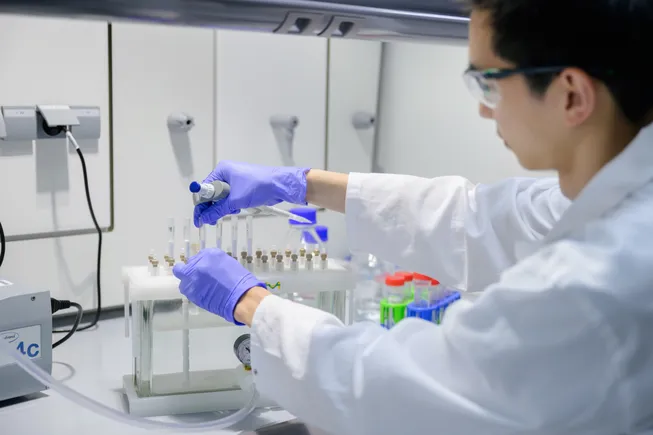








































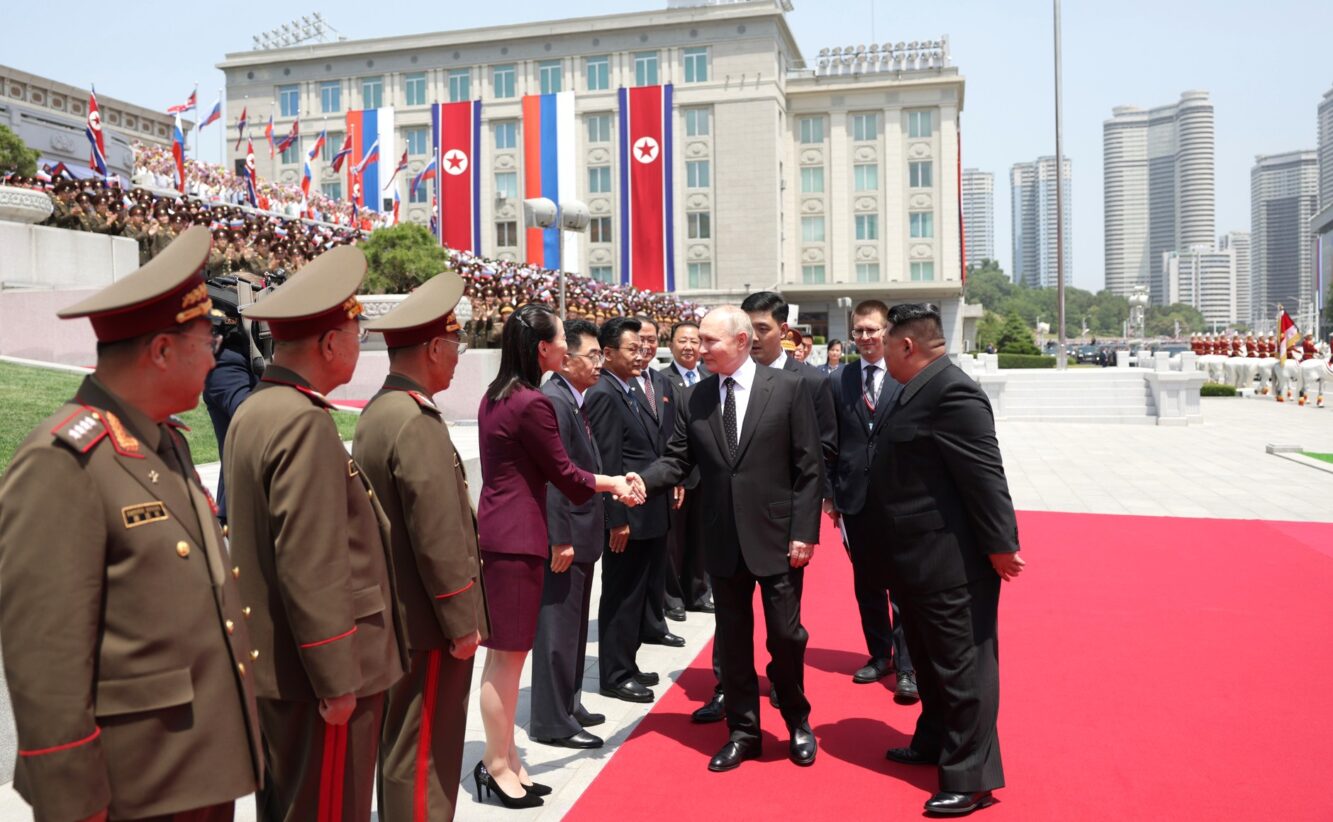


















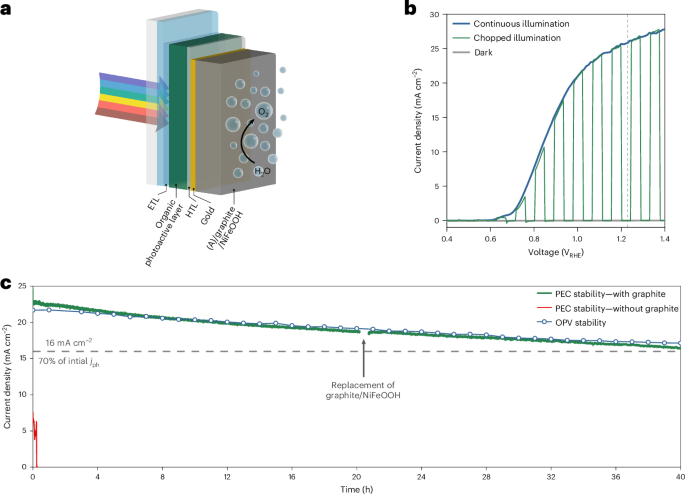








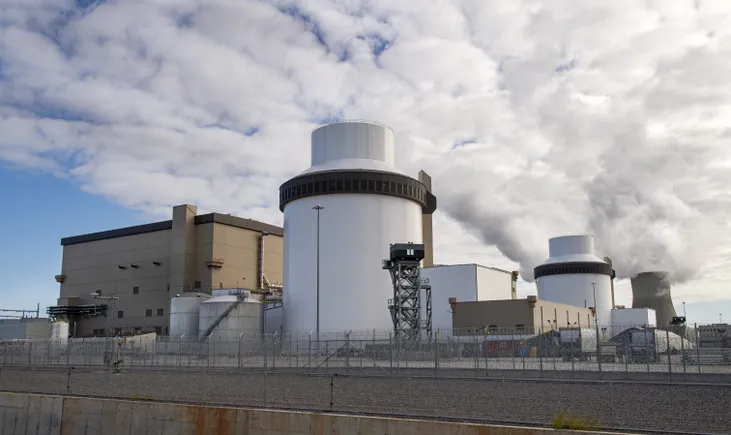

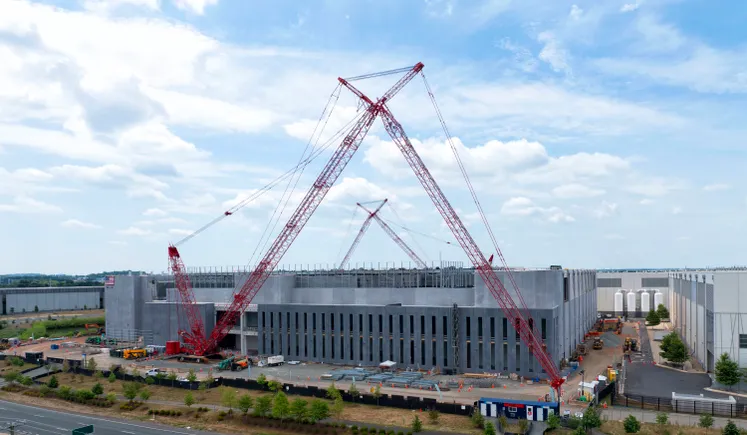





















.jpg)






